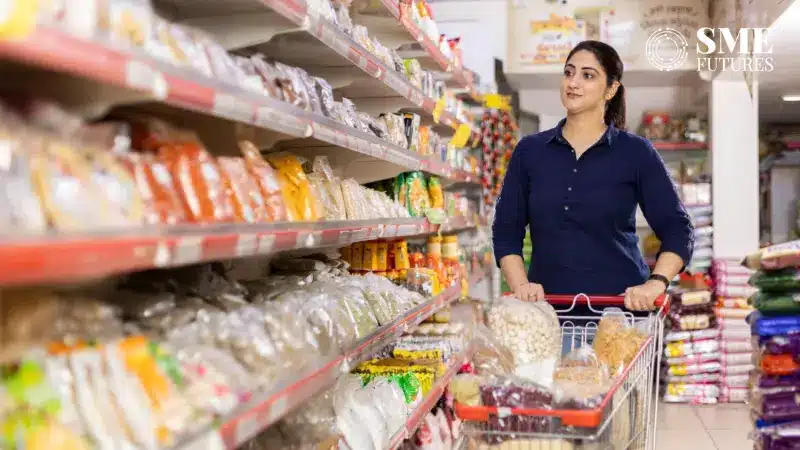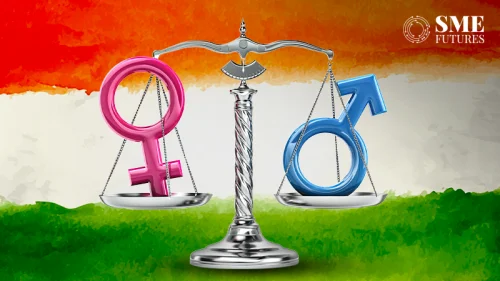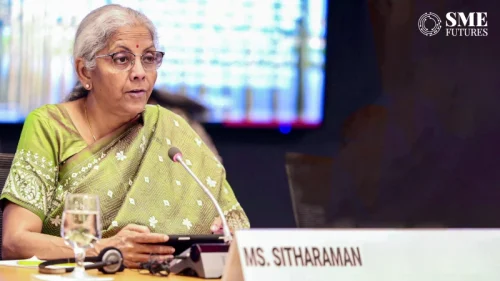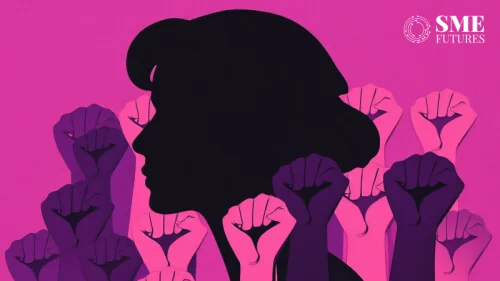India’s Consumer Price Index (CPI) inflation or retail inflation jumped to 5.49 per cent in September, a sharp rise from 3.65 per cent in August, according to data released by the Ministry of Statistics. The surge, attributed to the high base effect and weather disruptions, has raised concerns among policymakers and analysts alike.
The year-on-year inflation rate for rural and urban areas stood at 5.87 per cent and 5.05 per cent, respectively. Meanwhile, food inflation, measured by the Consumer Food Price Index (CFPI), climbed to 9.24 per cent, reflecting the impact of erratic rainfall on essential food categories.
Key drivers of inflation
The ministry’s data showed that vegetable prices increased by 3.49 per cent and edible oils rose by 2.91 per cent on a month-over-month (MoM) basis. The housing inflation rate for urban areas inched up to 2.78 per cent from 2.66 per cent in August. Additionally, the electricity index reached 162.5, with a corresponding inflation rate of 5.45 per cent for September.
Suman Chowdhury, Executive Director & Chief Economist at Acuité Ratings, highlighted that the spike in food inflation was a major contributor to the rise in headline inflation.
“Headline CPI inflation for September rose more than expected to 5.49 per cent, largely driven by food inflation, which surged to 9.24 per cent from 5.66 per cent in August. While the high base factor played a role, sequential inflation also saw an uptick, with food inflation increasing from -0.44 per cent in August to 1.18 per cent in September,” he explained.
Chowdhury added that excess rainfall in several parts of the country drove up food prices, compounding inflationary pressures.
“Vegetable and oil prices surged due to erratic weather, keeping food price uncertainty high. However, the average CPI inflation for Q2FY25 stood at 4.24 per cent, which aligns with RBI’s estimates.”
RBI’s monetary policy outlook
The inflation surge comes just days after the Reserve Bank of India (RBI) decided to keep policy rates unchanged. Apurva Sheth, Market Strategist at SAMCO Securities, noted that the central bank had anticipated inflationary pressures.
“The RBI likely foresaw hardening inflation, which is why it chose to hold rates in its recent policy announcement. Going forward, the RBI will likely adopt a cautious approach, avoiding hasty rate cuts unlike its global counterparts.”
Although food inflation remains a concern, analysts pointed out that core inflation—which excludes volatile food and fuel prices—remains under control, offering some respite. Arsh Mogre, Economist at Prabhudas Lilladher, suggested that the central bank will wait for consistent easing of price pressures before making any policy changes.
“We expect inflation to average around 4.5 per cent for FY25, with the RBI maintaining its cautious stance. A rate cut may only be considered once inflation shows sustained moderation,” Mogre remarked.
Chowdhury echoed this outlook, saying,
“We project headline inflation to average around 4.6 per cent in the third quarter, which could open a window for a rate cut. However, much will depend on how food prices behave post the kharif harvest.”
The unexpected rise in September’s inflation has put food inflation at the center of the inflation narrative, as adverse weather patterns continue to affect agricultural output. With inflation expected to average within 4.5-4.6 per cent for the next quarter, all eyes will be on the kharif harvest and its ability to bring seasonal relief to food prices. Until then, the RBI is expected to hold its cautious stance on monetary policy, waiting for clearer signs of economic moderation.










